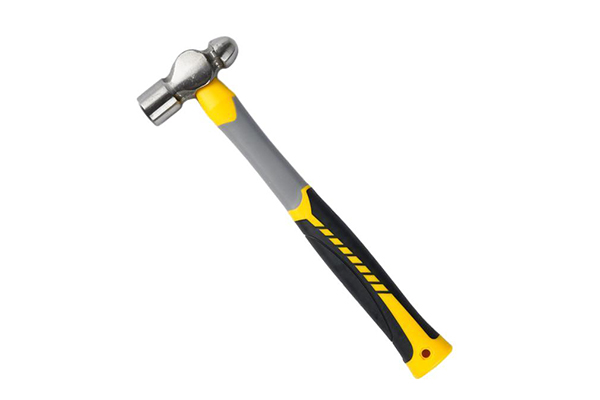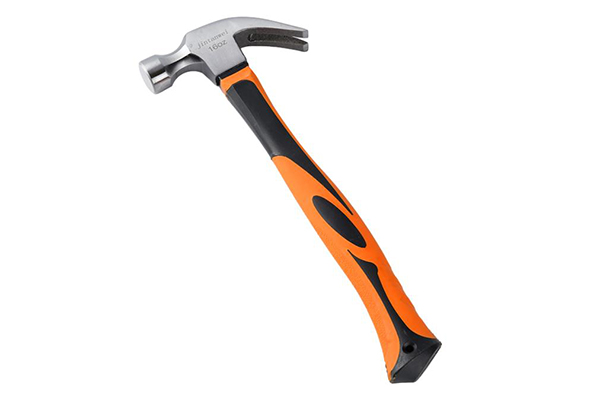Hammer Time: Unveiling the Differences Between Ball and Claw Hammers
In the realm of tools, hammers reign supreme, driving nails, shaping metal, and serving as versatile companions for construction and DIY projects. While both ball and claw hammers belong to this esteemed family, they possess distinct personalities and excel in different situations. Let's delve into the world of hammers and unveil the key differences between these two prominent players.
Ball Hammers: The Powerhouse of Precision
The ball hammer, often referred to as a ball peen hammer, is easily recognizable by its distinctive design. Featuring a rounded head opposite a flat face, it excels in tasks requiring:
-
Precision: The ball-shaped head allows for concentrated strikes on specific areas, ideal for shaping and setting rivets in metalwork.
-
Controlled force: The weight distribution of the ball hammer provides optimal control, allowing for delicate adjustments and nuanced strikes.
-
Minimal damage: Unlike the claw hammer's pointed head, the rounded ball head minimizes the risk of marring surfaces during metalwork or striking delicate objects.
-
Chiseling: For tasks like chiseling stone or breaking concrete, the flat face of the ball hammer offers a powerful and stable striking surface.
Claw Hammers: The Multitaskers Extraordinaire
The claw hammer, a ubiquitous tool in any toolbox, boasts a curved claw on one end and a flat striking face on the other. Its versatility makes it perfect for:
-
Nail removal: The curved claw easily extracts nails, even those deeply embedded in wood.
-
General hammering: From driving nails in construction projects to assembling furniture, the claw hammer tackles a wide range of tasks.
-
Demolition work: The claw can also be used for prying apart boards and other materials, making it useful for small demolition projects.
-
Lightweight and versatile: Compared to the ball hammer, the claw hammer is lighter and more compact, making it easier to maneuver and use for extended periods.
Choosing the Right Hammer: Matching the Task
Both ball and claw hammers have their unique strengths, making the ideal choice dependent on the specific task at hand:
-
For precision work, metal shaping, and delicate tasks, the ball hammer's controlled force and minimal damage potential make it the superior option.
-
For general construction projects, nail removal, and demolition work, the versatility and ease of use of the claw hammer take center stage.
-
Consider the material you're working with. The ball hammer's rounded head is gentler on delicate surfaces, while the claw hammer's flat face offers more power for driving nails into wood.
-
Your personal preference also plays a role. Experiment with both types of hammers to see which one feels more comfortable and suits your working style.
A Hammer for Every Hand
Whether you're a seasoned DIYer or just starting out, understanding the differences between ball and claw hammers empowers you to choose the right tool for the job. Both hammers, although distinct in design and purpose, share the same dedication to efficiency and functionality. So, equip yourself with the knowledge, choose the right hammer, and get ready to tackle your next project with confidence.
Remember, the key to mastering any tool lies in understanding its strengths and limitations. By appreciating the unique personalities of the ball and claw hammers, you can unlock their full potential and transform them from mere tools into trusted partners on your journey through the world of construction and DIY projects.
Post time: 12-07-2023







